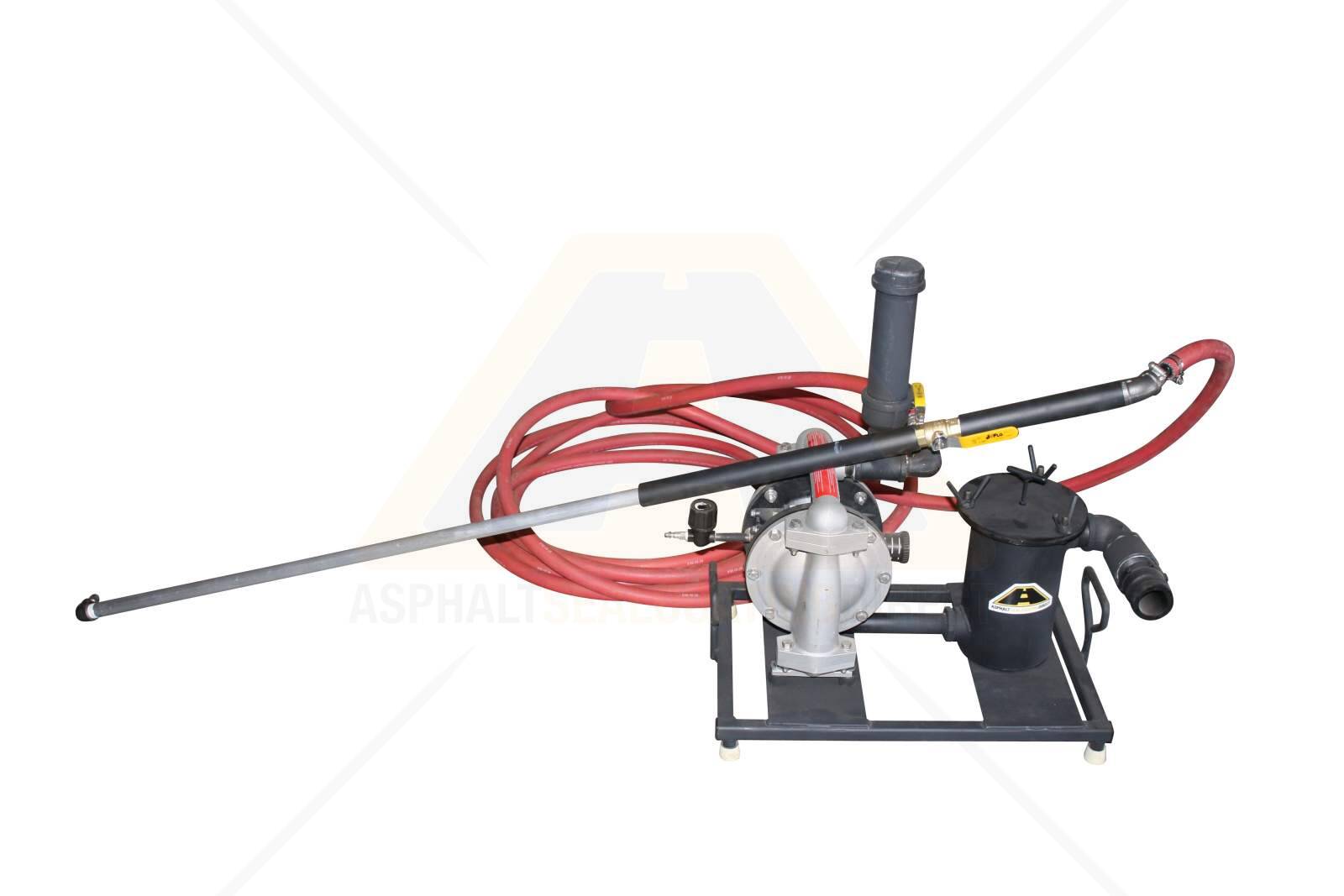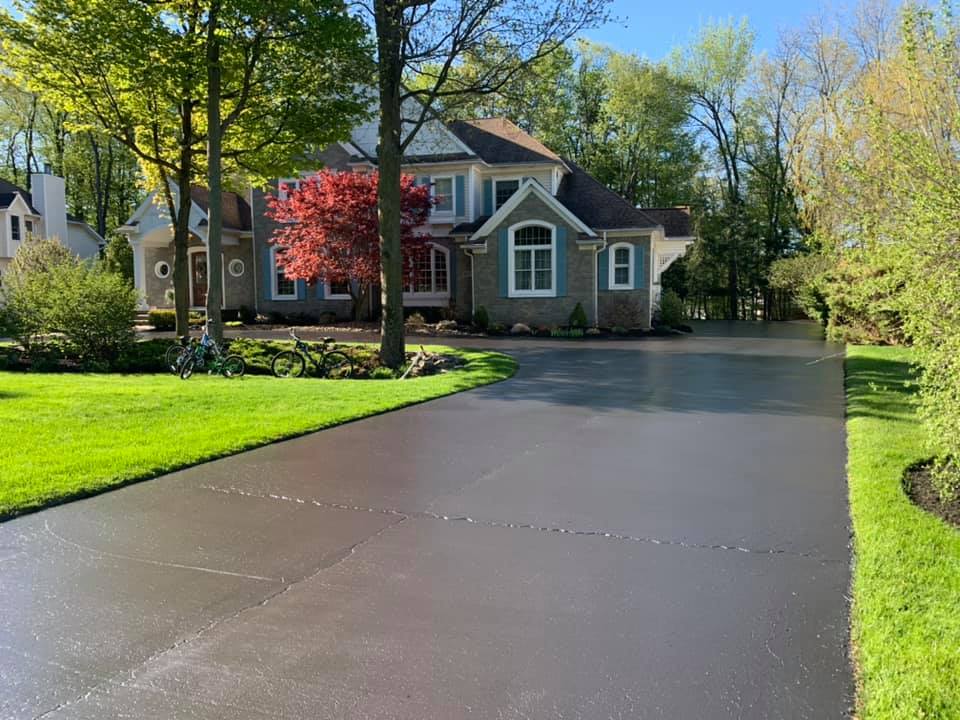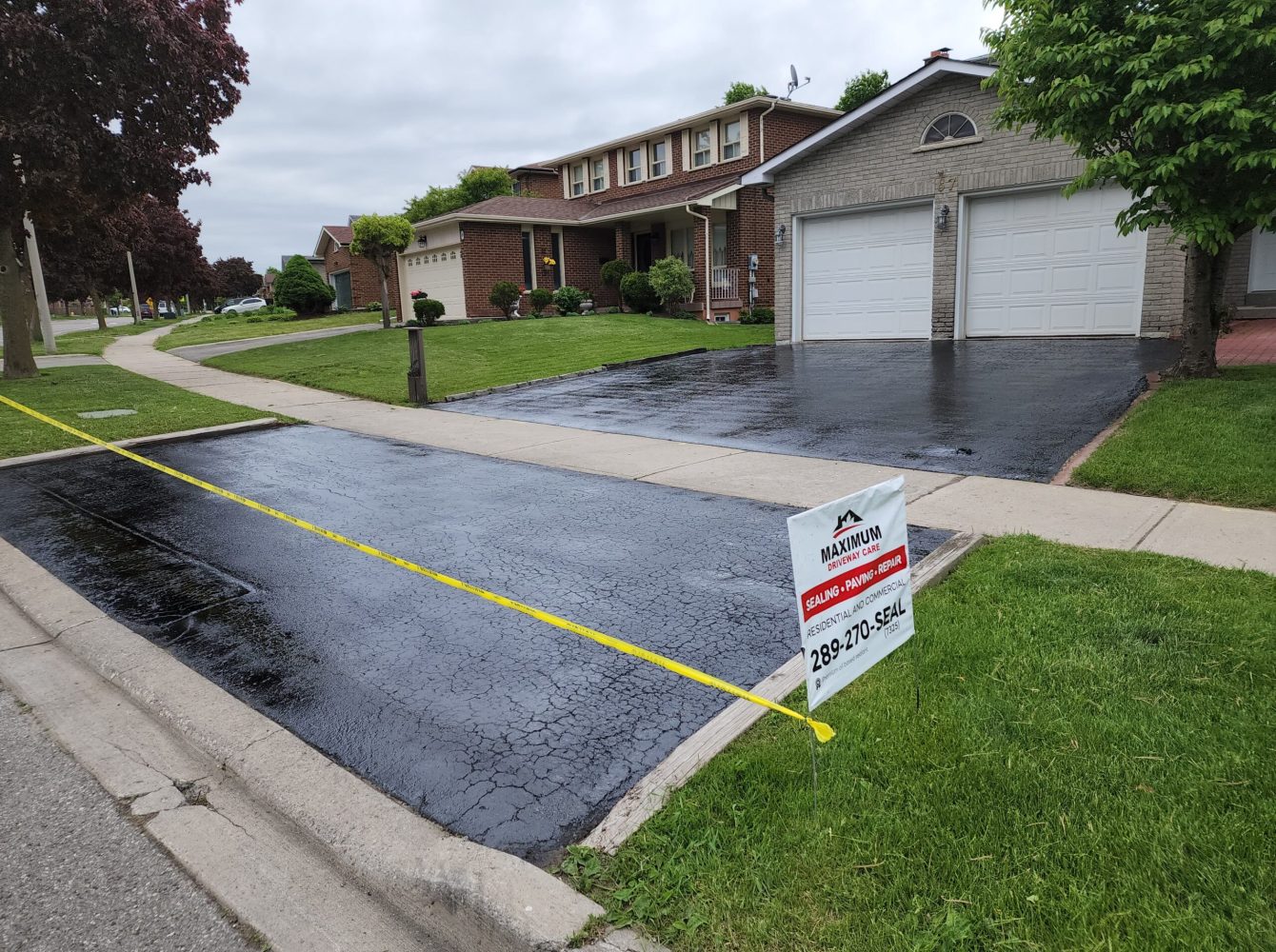Hot Mix Asphalt: A Sustainable Solution for Sidewalk
Hot Mix Asphalt (HMA) has actually arised as a leading sustainable selection for pavement remedies, providing a myriad of environmental benefits and innovative innovations. As the demand for green building techniques grows, discovering the nuances of HMA's sustainability can give important understandings into the future of sidewalk solutions.
Environmental Advantages of Hot Mix Asphalt

In Addition, Hot Mix Asphalt aids to reduce city heat island effects. Its dark shade absorbs sunshine, reducing the quantity of warmth reflected back right into the atmosphere compared to lighter-colored sidewalks. This can lower ambient temperatures in city areas, reducing the need for air conditioning and eventually lowering energy usage.
Furthermore, Warm Mix Asphalt adds to enhanced stormwater administration. Its permeable nature permits water to recharge and infiltrate the pavement groundwater materials, minimizing drainage and the threat of flooding. These ecological advantages make Warm Mix Asphalt a lasting selection for paving roadways and highways.
Energy Effectiveness in HMA Manufacturing
Is power performance a critical consider the production of Hot Mix Asphalt (HMA)? Absolutely. Energy plays a significant function in the manufacturing of HMA, influencing both price and ecological sustainability. One crucial element of energy effectiveness in HMA production is making use of warm mix asphalt (WMA) technologies (hot mix asphalt). WMA allows for the blending and positioning of asphalt at reduced temperatures compared to traditional warm mix asphalt, causing minimized energy consumption during manufacturing. This procedure not only decreases gas use but also decreases greenhouse gas exhausts, making it a much more environmentally friendly alternative.
In addition, improvements in plant technologies have actually brought about more energy-efficient HMA manufacturing processes. Modern plants are made with functions like recycled asphalt pavement (RAP) handling capabilities, effective burner systems, and boosted insulation, all adding to power savings. By maximizing energy use in HMA production, the market can reduce its carbon footprint while preserving high-grade pavement materials. Power effectiveness is, for that reason, a crucial factor to consider in making certain the sustainability of Hot Mix Asphalt manufacturing.
Recyclability of Hot Mix Asphalt
The recyclability of Hot Mix Asphalt (HMA) is a crucial aspect of its sustainability and long-lasting ecological influence. HMA is one of the most recycled products in the United States, with over 100 million lots of reclaimed asphalt pavement (RAP) being reused every year in brand-new sidewalk construction. Recycling HMA provides a number of ecological advantages, such as reducing the need for virgin materials, reducing energy usage throughout manufacturing, and lowering the quantity of waste sent out to land fills.
The procedure of recycling HMA involves grating the existing sidewalk, squashing it into smaller sized items, and mixing it with brand-new accumulation and asphalt binder to create a recycled mix. In general, the recyclability of HMA plays a significant function in advertising sustainable methods within the pavement industry.

Long-Term Performance of HMA
Asphalt sidewalks demonstrate sturdiness and durability over an address extended duration, showing the lasting performance of Warm Mix Asphalt (HMA) The long life of HMA can be attributed to its ability to hold up against heavy web traffic lots, rough climate condition, and the impacts of aging. Research studies have actually shown that properly designed and properly created HMA pavements can last for two decades or even more with normal maintenance. The trick to maximizing the long-lasting efficiency of HMA hinges on utilizing top quality materials, complying with ideal practices in building, and applying effective upkeep techniques. Proper water drainage, routine inspections, and timely repairs are vital for protecting the structural integrity of HMA pavements in time. In addition, improvements in HMA modern technology, such as his explanation the usage of polymer-modified binders and cozy mix asphalt, have better improved the sturdiness and long life of HMA pavements. By prioritizing high quality building and upkeep methods, HMA proceeds to verify itself as a economical and lasting remedy for durable pavement infrastructure.

HMA: Sturdiness and Sustainability
Demonstrating both durability and sustainability, Hot Mix Asphalt (HMA) has come to be a foundation in the construction of resilient pavement frameworks - hot mix asphalt. HMA's resilience stems from its ability to stand up to hefty tons, extreme weather, and high traffic quantities, making it a dependable selection for streets, freeways, and airport runways. The make-up of HMA, which usually consists of aggregates, binder, and filler, plays a vital role in improving its long life and resistance to tear and use
Moreover, HMA's sustainability hinges on its recyclability and energy-efficient manufacturing process. The capability to recycle reclaimed asphalt pavement (RAP) in brand-new HMA combinations decreases the need for virgin products and minimizes the environmental effect of sidewalk construction and maintenance. Furthermore, the power performance of generating HMA depends on its lower mixing temperature levels contrasted to various other sidewalk materials, resulting in minimized power intake and greenhouse gas exhausts.
Conclusion
To conclude, warm mix asphalt (HMA) supplies a lasting solution for pavement with its eco-friendly qualities. HMA's recyclability, energy effectiveness in production, and long-lasting sturdiness make it a green selection for roadway building and construction. By preserving all-natural sources, minimizing waste, and reducing greenhouse gas discharges, HMA plays a vital function in promoting sustainability in facilities development. Its ability to mitigate city heat island effects further underscores its relevance in developing environmentally aware and resistant sidewalk systems.
HMA is one of the most recycled materials in the United States, with over 100 million tons of click here for more redeemed asphalt pavement (RAP) being recycled every year in new sidewalk building.The procedure of recycling HMA involves crushing the existing pavement, squashing it into smaller sized pieces, and blending it with new accumulation and asphalt binder to produce a recycled mix.Asphalt sidewalks demonstrate durability and strength over an extended duration, reflecting the lasting performance of Warm Mix Asphalt (HMA) Additionally, improvements in HMA technology, such as the usage of polymer-modified binders and cozy mix asphalt, have better improved the longevity and durability of HMA sidewalks. The ability to recycle redeemed asphalt pavement (RAP) in brand-new HMA mixtures decreases the need for virgin materials and lessens the ecological impact of pavement building and construction and maintenance.
Comments on “Boost Commercial Charm: Warm Mix Asphalt Sealing for Angled Parking Lots”